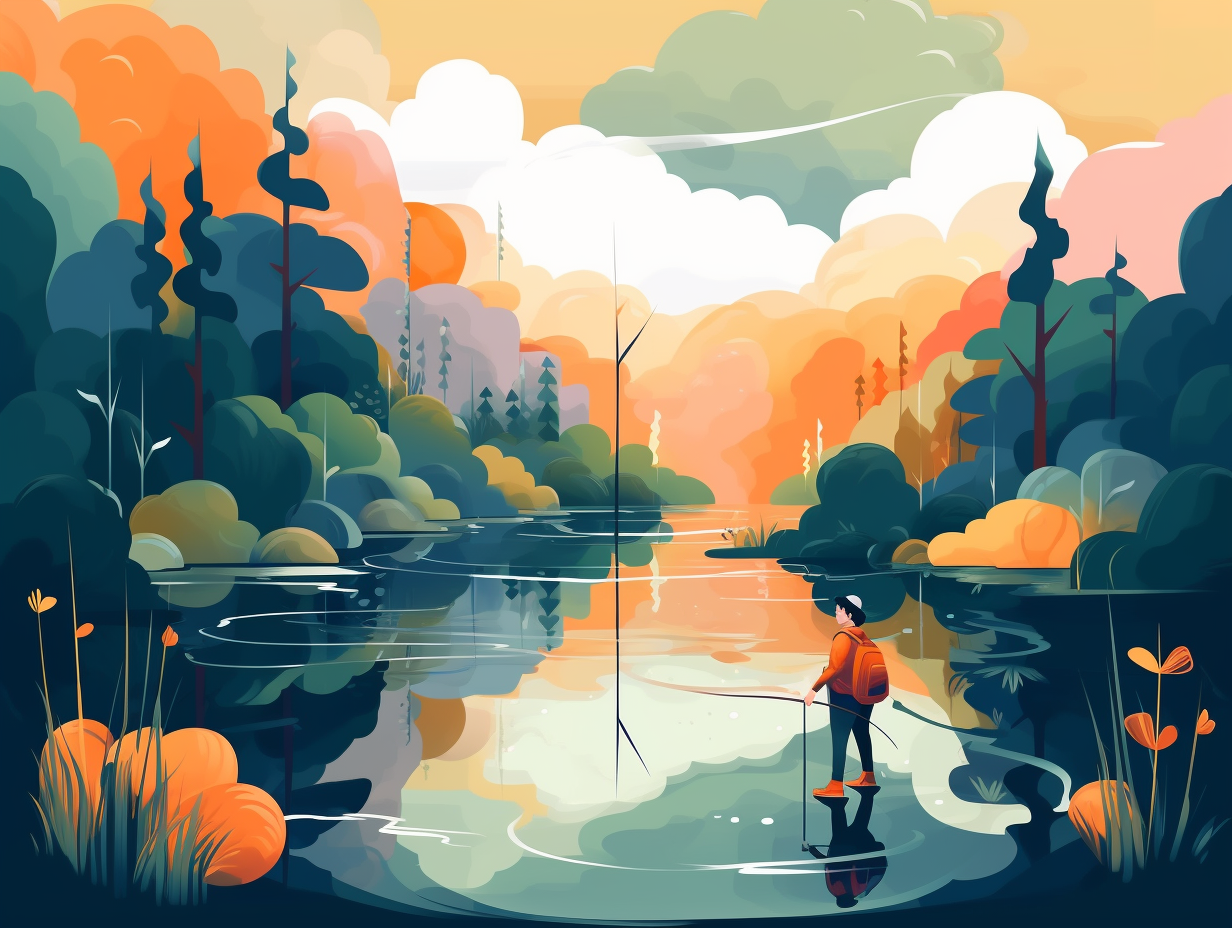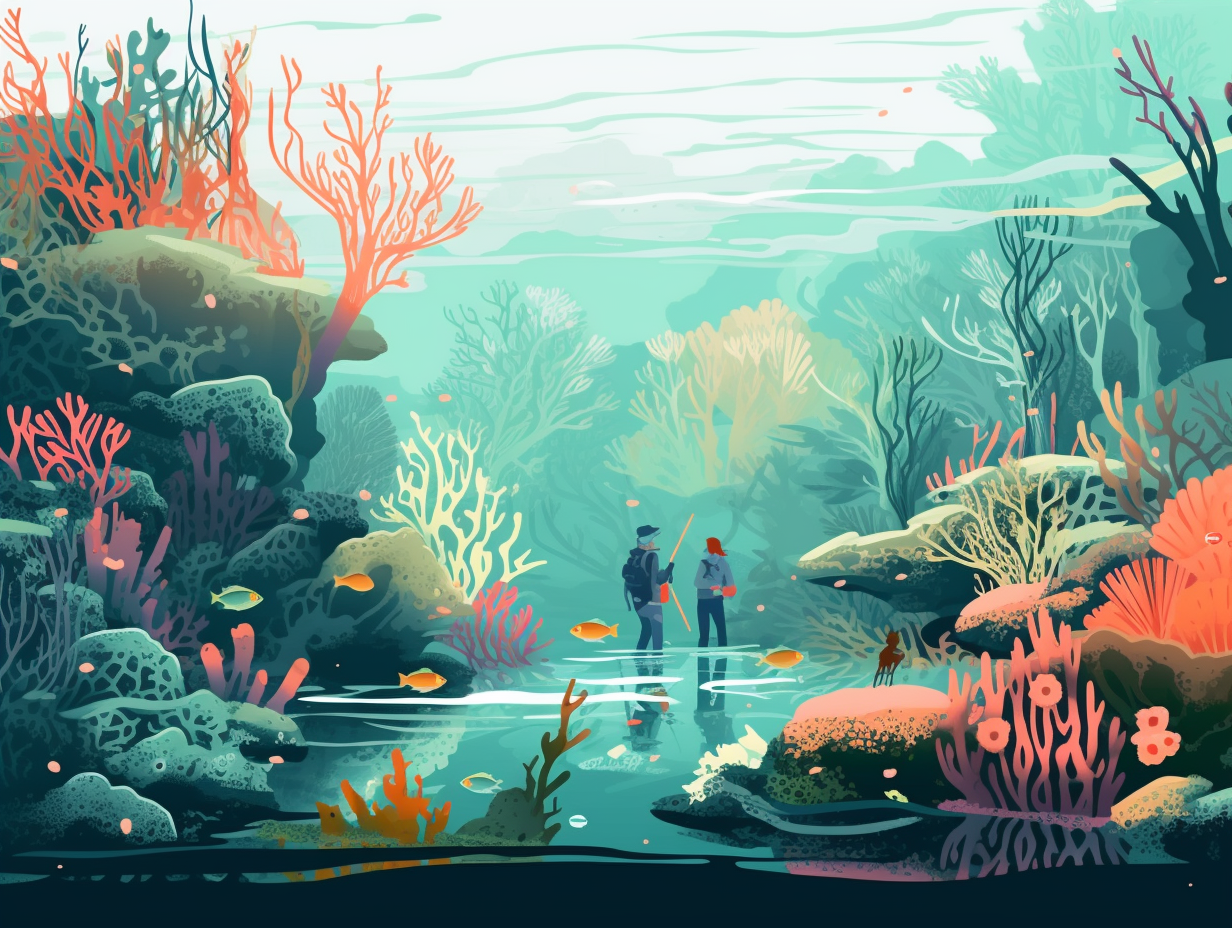Discover the Wild Side: Top 11 Amazing Fun Facts About Food Chains You Never Knew!
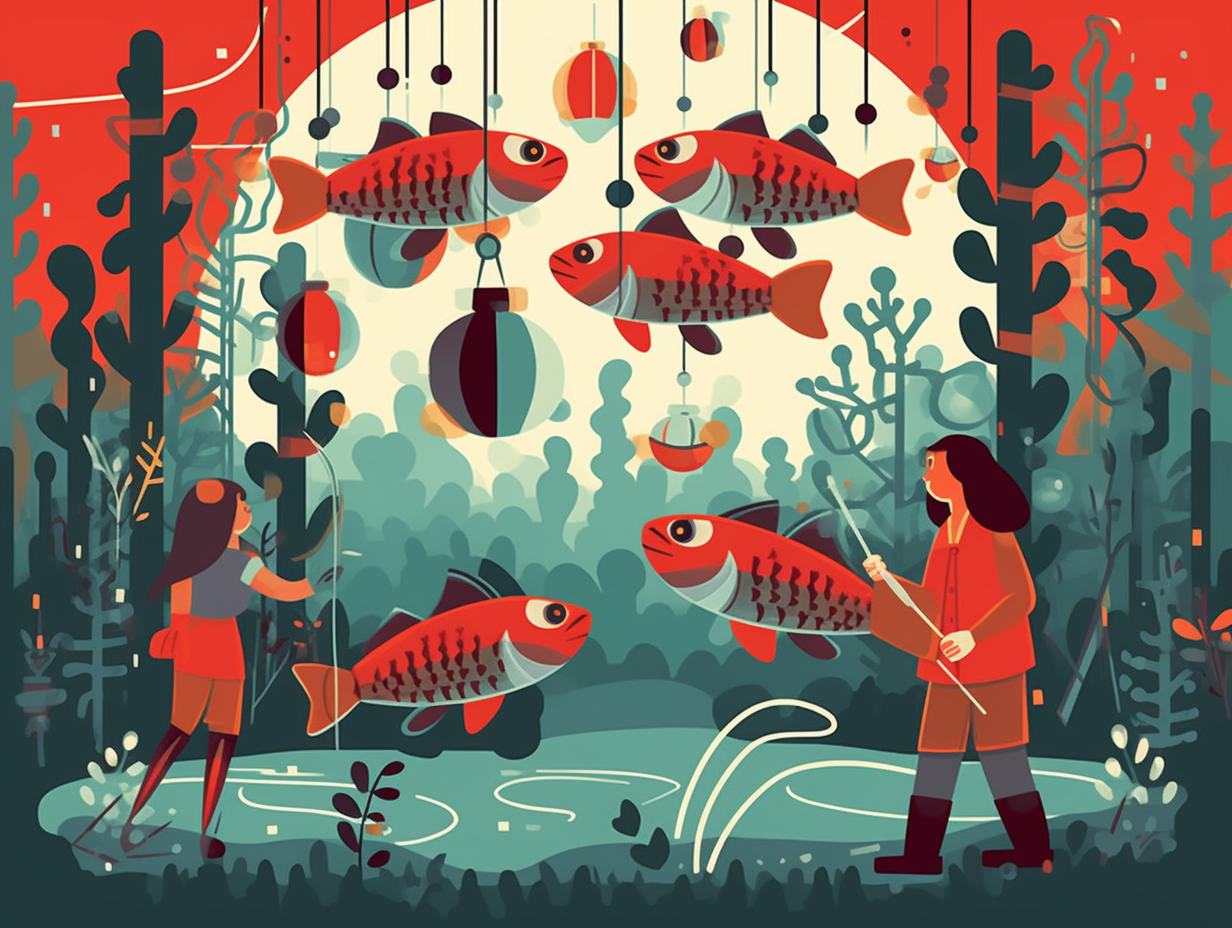
1. Solar-Powered Sea Slug
Talk about a well-balanced diet – the sea slug Elysia timida is part solar-powered! This witty gastropod munches on algae, incorporates their chloroplasts, and channels its inner plant to soak up some rays: The stolen chloroplasts adapt to life inside the slug by adjusting their photosynthetic light reactions, including triggering photoprotective non-photochemical quenching, and relying on oxygen-dependent electron sinks. This clever combo lets the slug harness sunlight for energy, all while keeping its green guests from burning out!
Source => elifesciences.org
2. Bone-Crushing Bearded Vulture
If hungry vultures attended a restaurant, the Bearded Vulture would be that one customer dive-bombing the all-you-can-eat bone buffet: This bone-aficionado bird's digestive system is designed to efficiently extract marrow from bone shafts, thanks to a strong, narrow tongue, grooved surface, and flexible esophagus. With an absence of crop and a longer intestine, it expertly dissolves the bones within a day using stomach acid with a pH of less than one. Bearded Vultures - nature's bonafide bone connoisseurs!
Source => reed.edu
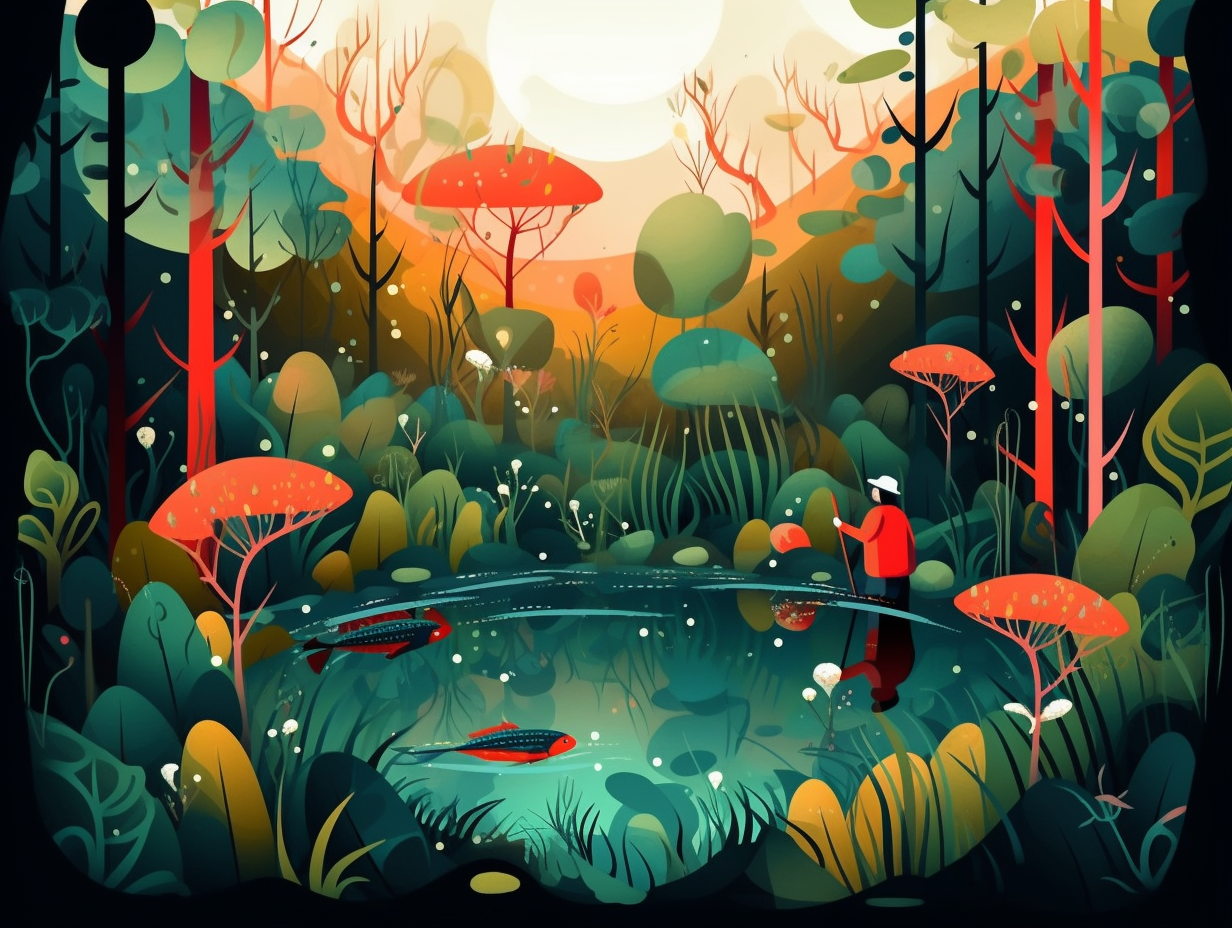
Discover the fascinating world of the platypus - a unique mammal that lays eggs, leaks milk through its skin, and shares genetic traits with both reptiles and mammals. Dive into their mysterious underwater world! 🦆🌊
=> Fun Facts about Ecosystems
3. Archerfish: 007 of the Sea
Meet the James Bond of the fish world, master of both stealth and splash: The archerfish uses water blasts as versatile weapons, shooting down insects above the surface and targeting underwater prey by disturbing the sediment. This fishy double-agent even adjusts its aquatic arsenal depending on the type of sediment, proving that evolution really knows how to shake, not stir, things up.
Source => newscientist.com
4. Mantis Shrimp: Underwater Heavyweight
Picture the mantis shrimp as a heavyweight boxer throwing impressive punches, but with a peculiar twist: air won't bring the same flair as water for their smackdowns! Hilarious Prelude: The knockout artist of the ocean seems to rely on the medium they're in to deliver their devastating uppercuts with maximal force. Serious Reveal: Striking in water allows their powerful punches to reach speeds of 23 meters per second, producing cavitation bubbles and a flash of light, while their air punches are merely half as fast because the medium they punch in actually affects the energy stored in their spring-loaded claws.
Source => arstechnica.com
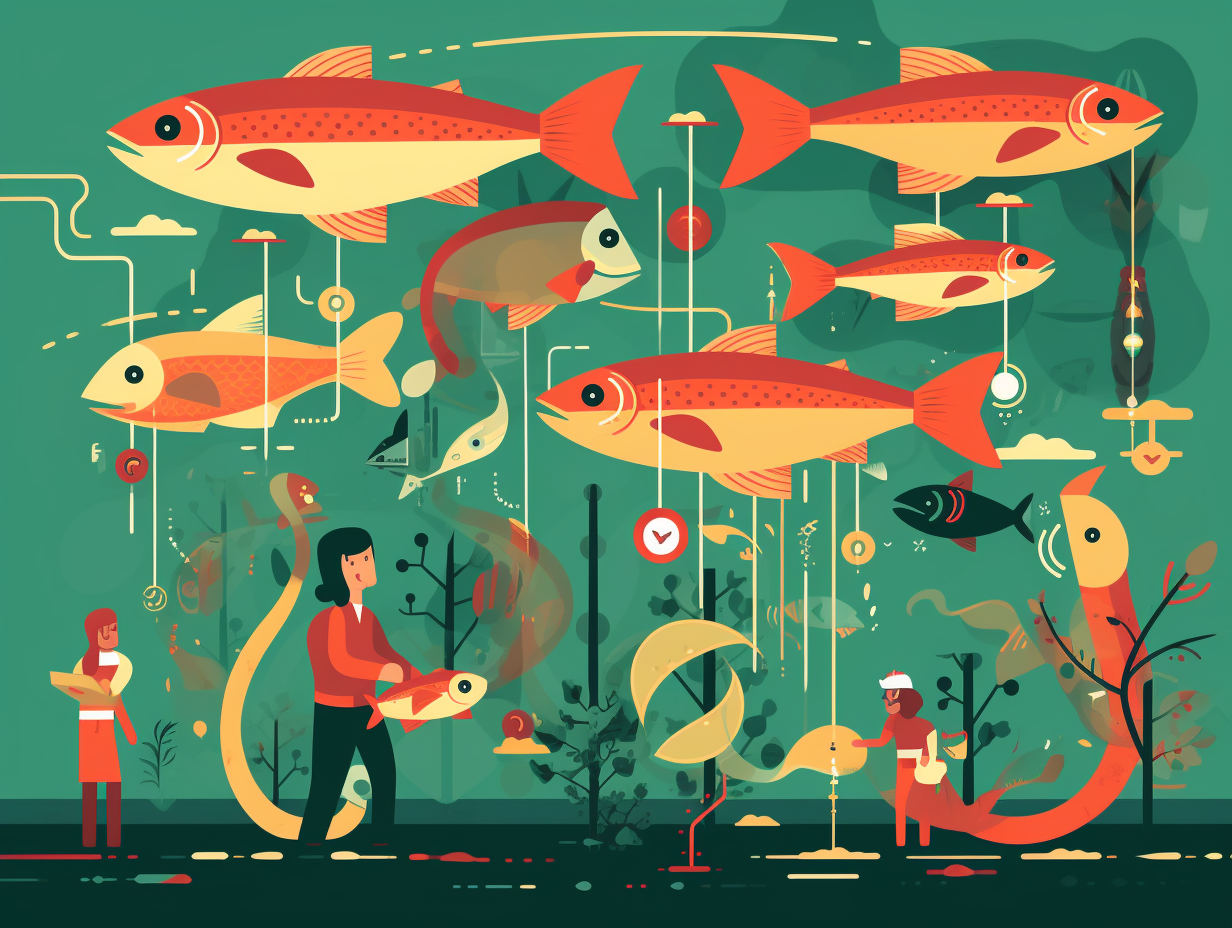
5. Strangler Fig: Unlikely Hero
In a twist of fate worthy of an M. Night Shyamalan film, the parasitic strangler fig may just be the rowdy roommate you want by your side during a tropical storm: Research in Australia's Lamington National Park reveals that trees with large attached strangler figs were four times more likely to survive tempests, thanks to the figs' stabilizing aerial roots, scaffold-like root networks, and protective leaf coverage.
Source => science.org
6. The Venus Flytrap Dilemma
You know what they say about the Venus flytrap - it's a classic case of "Eat, prey, love"! This quirky green maverick isn't just chowing down to grab some grub: in reality, the Venus flytrap consumes insects to acquire essential nutrients like nitrogen and phosphorous that are scarce in its boggy habitats, while still relying on good old photosynthesis for energy. Yet, while it may seem like an adept survivalist, it's actually an endangered species, found only in sandy shrub-bogs in coastal North and South Carolina.
Source => scientificamerican.com
7. Female Mosquito's Blood Buffet
They say "variety is the spice of life," and female mosquitoes would wholeheartedly agree, constantly updating their dietary preferences in the blood-sucking buffet of the animal kingdom: Surprisingly, these buzzing ladies don't rely solely on human blood for their egg-laying protein fix; they also shamelessly indulge in the blood of birds, waterfowl, and even small mammals like raccoons, snakes, lizards, frogs, and fish, only opting for human buffets when their preferred dish isn't in season.
Source => terminix.com
8. Vultures: Nature's Clean-Up Crew
Nature's very own "Gutbusters" elimination squad: Vultures possess super-strong stomach acid that annihilates harmful bacteria and viruses, including rabies, found in their less-than-fresh meals, keeping both our environment spotless and warding off diseases that could plague humans and wildlife.
Source => mdc.mo.gov
9. Diatoms: Microscopic Oxygen Producers
Whoever said "size doesn't matter" must have been talking about diatoms: these microscopic party animals produce a staggering 20 to 50 percent of the planet's oxygen each year and even gift the Amazon basin with 27 million tons of nutrient-packed dust – so be sure to thank them next time you take a breath! The serious reveal: Diatoms are tiny photosynthetic organisms that significantly contribute not only to the Earth's oxygen supply but also to the fertilization of the Amazon basin, thanks to transatlantic winds carrying their shell dust from the African Sahara.
Source => en.wikipedia.org

10. Spadefoot Toad Tadpole Shenanigans
Family dinners at the spadefoot toad household must be tadpole-ly wild, with some siblings switching from salad to sib-kebab as fast as you can say “Croak-a-cola”: Tadpoles of spadefoot toads exhibit polymorphism, meaning their diets can influence their morphotype, ultimately becoming herbivorous omnivores or carnivorous cannibals in some instances. Intriguingly, omnivorous tadpoles choose to associate with siblings, whereas carnivorous tadpoles prefer non-siblings – even selectively nipping at their fellow tadpoles and only consuming them if they're not kin. However, this preference wanes when hunger pangs knock at the door, proving that nothing is black and white in the world of tadpole kin recognition.
Source => sciencedirect.com
11. Lemurs: Cyanide Munching Champs
Whoever said laughter is the best medicine hasn't met these endurance eating champs: the Greater Bamboo Lemur and Golden Bamboo Lemur consume up to 50 times the lethal dose of cyanide for an animal their size daily, thanks to adaptations that help them detoxify cyanide and modify cellular respiration, plus an evolutionary arms race with cyanide-producing bamboo!
Source => blog.theaga.org
Related Fun Facts




